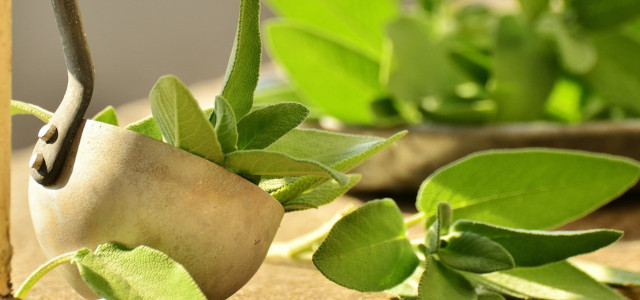Trying to figure out what and where to plant isn't easy. That's where companion planting comes in! With this guide, you'll learn what companion planting is, and how to do it.
The term companion planting refers to growing different plants together that benefit one another. Certain plants have characteristics that can be of assistance to others.
One of the best examples of companion planting comes from the Native American communities that planted what’s known as the “Three Sisters”: corn, climbing beans, and squash. These vegetables were planted together because of how well they complement one another. The maize supported the climbing beans, and the low-growing winter squash helped combat loss of moisture by providing shade and keeping weeds and pests at bay with its prickly leaves. The beans were also able to pull nitrogen from the air and add it to the soil for the other plants.
Traditionally speaking, companion planting was used for vegetables. However, flowers can also be beneficial to your vegetable garden.
Benefits of Companion Planting



(Foto: CC0 / Unsplash / Jonathan Kemper )
Just like humans, each plant is unique and has its own strengths and weaknesses. Companion planting uses the strengths of certain plants to balance out the weaknesses of others. There are so many benefits to be had, including:
- Deterring Pests: Certain plants emit scents that can repel insects and keep critters away.
- Provide Shade: Larger and taller plants can shade lower plants that don’t do well in full sun.
- Improved Plant Health: Each plant gives and takes different things from the soil. This can end up working to your advantage if you plant the right crops together.
- Natural Support: Taller plants like sunflowers and corn can provide support for climbing plants like cucumbers and peas.
- Better Soil Quality: Crops like beans and legumes help bring nitrogen to the soil.
- Attracting Beneficial Insects: Some plants attract pollinators, and others bring insects that eat tiny pests.
- Deters Weeds: With sprawling and low-growing crops, there is very little open room for weeds to take hold.
Read more: How to Use Eggshells as Fertilizer for Your Garden Plants
Which Plants Go Together?



(Foto: CC0 / Pixabay / Free-Photos)
The is a wealth of information out there regarding companion planting. Websites and books can be great resources when it comes to figuring out which plants work well together. We’ll take a look at the companion plants for some of the most common vegetables grown in backyard gardens.
- Beans: beets, corn, rosemary, nasturtiums, squash, strawberries, and sunflowers.
- Broccoli: oregano, other types of cabbage.
- Cabbage: garlic, nasturtiums, sage.
- Carrots: cabbage, chives, leeks, lettuce, onions, peas, radish, rosemary, tomatoes. Avoid: dill, coriander, celery, and members of the parsley family.
- Cucumbers: beans, borage, dill, lettuce, oregano, nasturtiums, oregano, sunflowers, radishes.
- Lettuce: basil, beets, cabbage, carrots, chives, onions, spinach, strawberries.
- Onions: beets, chamomile, cabbage, carrot, chard, lettuce, strawberries, tomatoes.
- Peas: beans, carrots, chives, corn, cucumber, mint, radishes, turnip. Avoid: garlic, and onion.
- Peppers: basil, carrots, marjoram, onions, oregano, tomatoes.
- Spinach: beans, cilantro, eggplant, types of cabbage, peas, strawberries.
- Tomatoes: basil, borage, celery, carrots, chives, cucumber, garlic, bee balm, onion, nasturtium, peppers.
- Zucchini: oregano, nasturtiums, zinnia.
Read more:
- Kitchen Herb Garden: Grow Your Own
- Urban Gardening: 6 Creative Tips and Ideas for Small City Gardens
- 11 Flowering Bushes and Shrubs to Bring Birds and Insects to Your Garden
- How to Harvest Rhubarb: Avoid These 5 Mistakes
Do you like this post?








